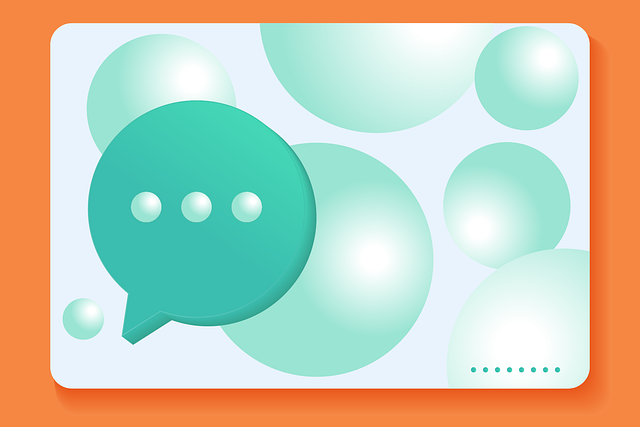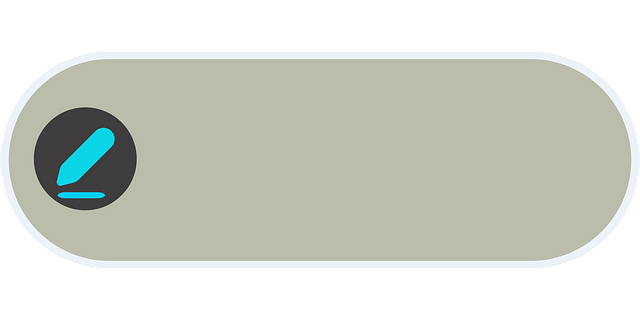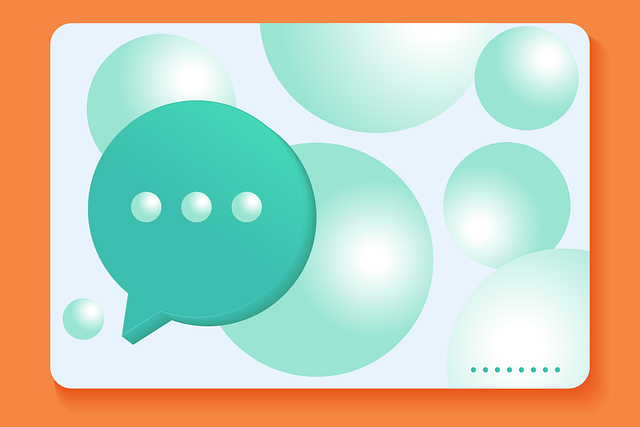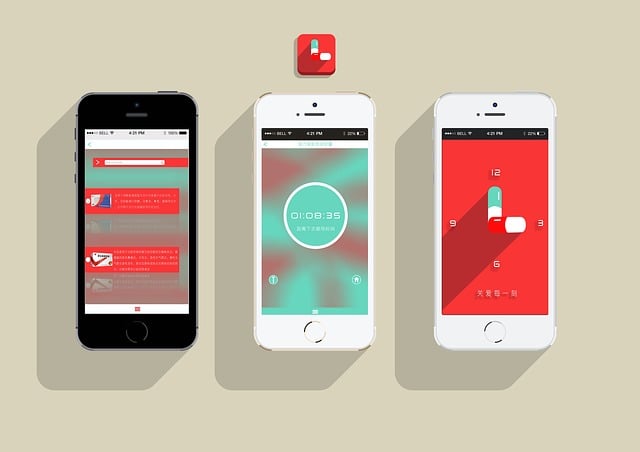Custom UI/UX design solutions empower businesses to deliver unique, tailored experiences that differentiate them in a competitive market. By merging creative vision with data-driven insights, these solutions create intuitive, visually appealing, and highly functional user interfaces (UI) that boost user engagement and drive conversions. This collaborative process involves understanding target audiences, aligning with brand identity, and staying current with industry trends. Key tools like Sketch, Figma, React Native, and Adobe XD facilitate the creation of seamless, engaging experiences. Case studies demonstrate improved user engagement and business growth through tailored UI design. Success is measured through KPIs, analytics, and iterative enhancements to ensure designs remain relevant. Challenges include maintaining consistency across platforms and balancing user expectations with unique designs. The future of UI/UX design integrates AI, voice interaction, modularity, accessibility, and sustainability for personalized, inclusive experiences.
In today’s competitive digital landscape, custom UI/UX design solutions are transforming how businesses engage users. Understanding the unique needs of your audience is key to crafting intuitive, user-centric experiences that drive conversion and loyalty. This comprehensive guide delves into the intricacies of creating tailored UI designs, exploring benefits, considerations, tools, successful case studies, measurement criteria, overcoming challenges, and future trends shaping this dynamic field. Unlock the power of custom UI design and elevate your digital offerings.
Understanding Custom UI/UX Design Solutions

Custom UI/UX design solutions are tailored experiences designed to meet the unique needs and goals of a specific product or business. Unlike off-the-shelf interfaces, these solutions start with a deep understanding of user behavior, brand identity, and business objectives. By combining creativity with data-driven insights, designers craft intuitive, visually appealing, and highly functional user interfaces (UI) that enhance user engagement and drive conversions.
In today’s competitive market, a custom UI design ensures that an application or website stands out, providing users with a personalized experience. It involves every element of the user journey, from initial concept to final implementation, allowing businesses to create a distinct brand presence. This process requires close collaboration between designers, developers, and stakeholders to translate complex ideas into seamless digital solutions that not only meet but exceed user expectations.
Benefits of Customized UI/UX Design

Customized UI/UX design offers numerous advantages that can significantly enhance user experience and engagement. By tailoring the user interface and user experience to fit specific needs, businesses can create more intuitive, accessible, and visually appealing applications or websites. This personalized approach ensures that every element, from color schemes to navigation flows, aligns with target audience preferences, leading to higher satisfaction and conversion rates.
Furthermore, custom UI/UX design facilitates better brand representation. It allows companies to incorporate their unique identity into the digital space, fostering a stronger connection with users. This not only enhances brand recognition but also communicates the company’s values and personality, setting it apart from competitors. Customization also enables improved functionality, as designers can craft solutions that cater to specific business processes, leading to increased productivity and efficiency.
Key Considerations for Custom UI Development

When embarking on custom UI/UX design solutions, several key considerations come into play to ensure a successful and user-centric outcome. Understanding the target audience and their unique needs is paramount. This involves in-depth research and user personas to define preferences, behaviors, and pain points. Such insights enable designers to create interfaces that offer intuitive navigation and a seamless user experience, catering precisely to the intended demographic.
Additionally, aligning with brand identity and business objectives is crucial. Custom UI development should reflect the brand’s visual aesthetics, tone of voice, and overall messaging. By integrating these elements seamlessly, designs become cohesive and reinforce brand recognition. Furthermore, keeping up-to-date with industry trends and best practices ensures that the final product is not only aesthetically pleasing but also technically advanced and secure.
Process of Creating Tailored UX Experiences

The process of creating tailored UX experiences involves several meticulous steps, ensuring every interaction is designed for optimal user engagement. It begins with a deep understanding of the target audience, their preferences, and pain points. Researchers employ various techniques like surveys, interviews, and analytics to gather valuable insights. These findings inform the creation of detailed user personas, which serve as guides throughout the design journey.
With a solid foundation in user research, designers then translate these insights into wireframes and prototypes. Wireframes establish the basic layout and functionality, while prototypes allow for interactive testing. Iterative feedback from stakeholders and users refines the design, ensuring it aligns with business goals and meets user expectations. This meticulous approach to UI design results in customised experiences that enhance user satisfaction and drive successful outcomes.
Tools and Technologies for Custom UI/UX

In the realm of custom UI/UX design solutions, a myriad of tools and technologies empower professionals to create unique, user-centric experiences. From Sketch and Figma for wireframing and prototyping, to Adobe XD for high-fidelity designs, these platforms offer intuitive interfaces and robust features. Advanced designers leverage code-free development tools like Axure RP or InVision Studio, streamlining the design-to-development handoff.
Additionally, cutting-edge technologies such as React Native, Flutter, and Web Components facilitate cross-platform compatibility and responsive design. These tools allow for the creation of dynamic, interactive interfaces that adapt seamlessly to various devices and screen sizes, enhancing user engagement and satisfaction in terms of UI design.
Case Studies: Successful Custom UI Implementations

Custom UI/UX design solutions have been transforming digital experiences, and case studies showcase their impact. Successful implementations often highlight intuitive navigation, visually appealing aesthetics, and seamless interactions. For instance, a leading e-commerce platform enhanced its mobile app’s UI design, resulting in increased user engagement and conversions. The new design included personalized product recommendations, simplified checkout processes, and an improved visual layout that enhanced the overall shopping journey.
Another notable example is a financial institution that redesigned its web portal to offer a more intuitive and secure banking experience. By focusing on clean interfaces, clear call-to-actions, and robust security measures, the platform saw reduced customer support queries and elevated satisfaction levels. These case studies underscore the power of tailored UI design in improving user experiences, driving business growth, and fostering brand loyalty.
Measuring Success in Custom UI/UX Projects

Measuring success in custom UI/UX projects involves more than just aesthetics; it’s about achieving tangible goals and user satisfaction. Key performance indicators (KPIs) specific to UI design should be established at the outset, aligning with business objectives and user expectations. Metrics such as conversion rates, time on site, and bounce rates provide valuable insights into how users interact with the interface.
Effective UI/UX design enhances user experience, encouraging engagement and driving desired actions. By analyzing user behavior through analytics tools, designers can identify pain points in the user journey and iterate on the design to improve outcomes. This continuous improvement process ensures that the custom UI/UX solution remains relevant and effective as user preferences and market trends evolve.
Challenges and How to Overcome Them

Custom UI/UX design solutions face several challenges, particularly in ensuring a seamless user experience across diverse platforms and devices. One significant hurdle is UI design consistency. Maintaining a cohesive look and feel while adapting to varying screen sizes and resolutions can be tricky. Developers must rely on responsive design techniques and well-defined style guides to address this.
Another common challenge is user expectations. Users have become accustomed to specific interactions and patterns on popular platforms, making it crucial for designers to both respect these conventions and carve out unique experiences. Achieving this balance requires thorough user research, prototyping, and iterative testing. Tools that facilitate rapid design and feedback loops can significantly overcome these challenges, enabling designers to create intuitive, engaging interfaces that meet—and exceed—user expectations.
Future Trends in Custom UI/UX Design

The future of custom UI/UX design is shaped by emerging technologies and evolving user expectations. One notable trend is the increased adoption of artificial intelligence (AI) and machine learning to create adaptive interfaces that learn from user behavior, offering personalized experiences at scale. Voice interaction and gesture control are also expected to grow, blurring the line between physical and digital interfaces.
Additionally, design solutions will become increasingly modular and flexible, allowing for easier updates and adaptations to new technologies and platforms. There’s a growing emphasis on accessibility, with designers prioritizing inclusive UI practices that cater to diverse user needs. Sustainability is another emerging focus, where designers are incorporating eco-friendly principles into the design process, from minimalism in interface elements to responsible data handling.
